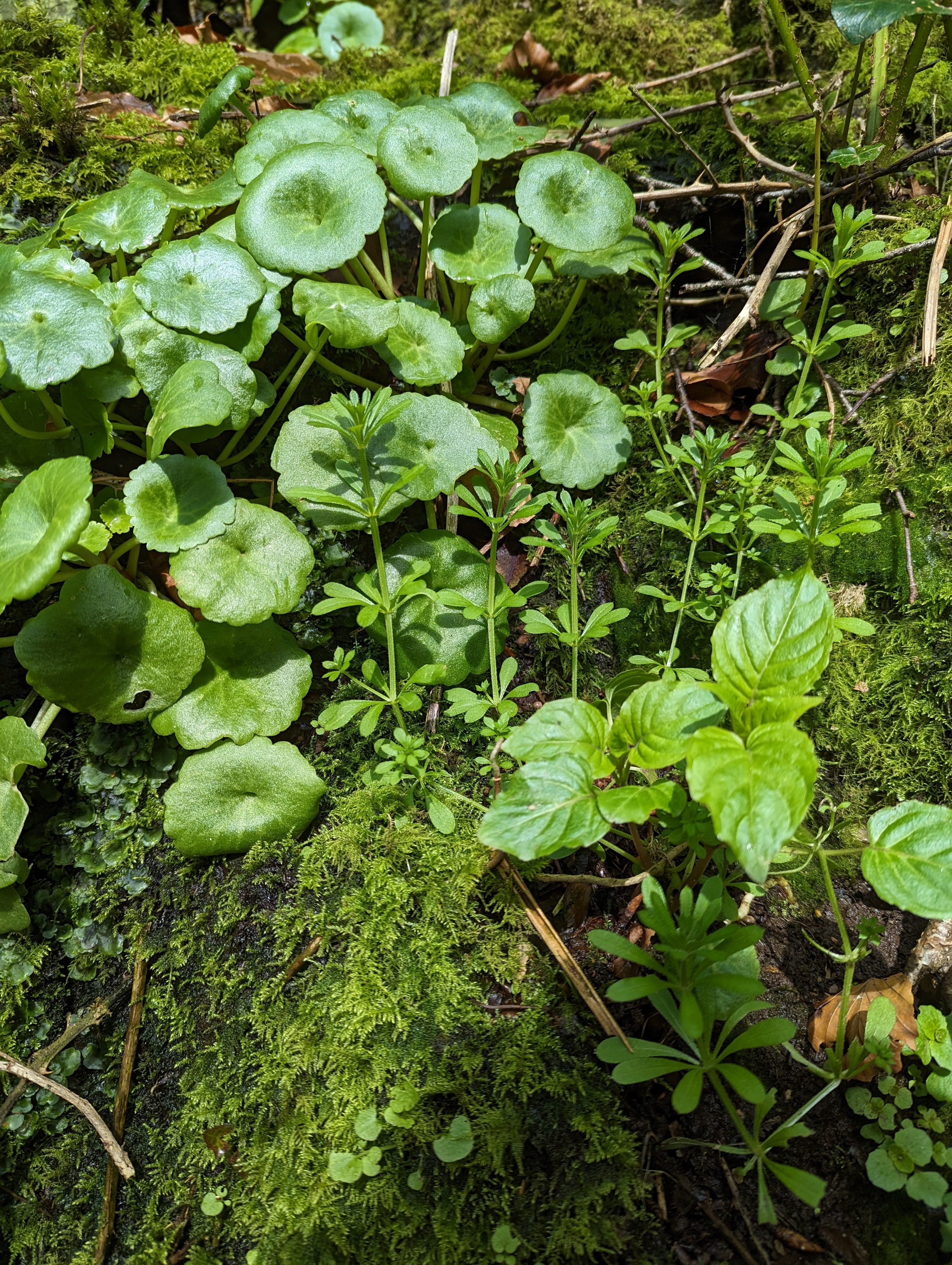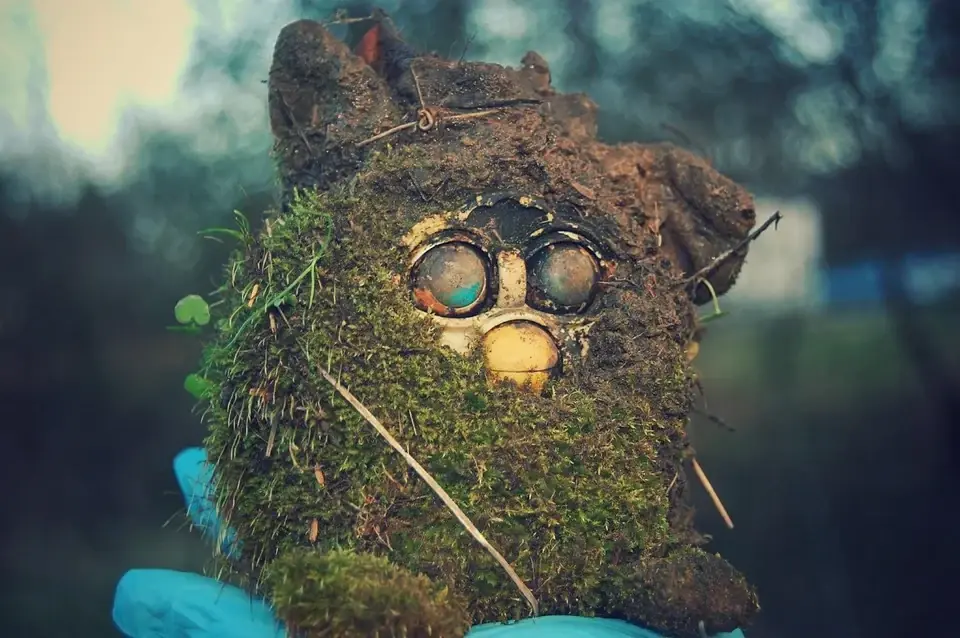Peatlands cover 3 to 4% of the world’s terrestrial surface (1) but store 25% of total soil carbon (600 GtC) (2), double the global forest carbon sink (3). Peatlands are thus a key potential nature-based solution for climate change mitigation. However, widespread degradation resulting from centuries of peat disturbance, including extraction and agricultural expansion, undermines their ability to capture carbon (4). The 2023 United Nations Climate Change Conference (COP28) missed an important opportunity by highlighting forests but not peatlands in the Global Stocktake. The implementation of less intensive agricultural practices and more conservation and restoration (4, 5), driven by evidence-based decision-making, can ensure the resilience of global peatland carbon storage.
Degraded peatlands now produce 5 to 10% (0.5 to 1 PgC) of global annual anthropogenic carbon emissions (6). Degradation reduces resilience, making peatlands more vulnerable to climate change impacts and less capable of storing carbon. For example, wildfires in northern temperate and boreal peatlands have reduced carbon uptake in pristine peatlands by 35% in addition to producing increased emissions (7). Even largely pristine peatlands—such as the Central African peatland complex, which stores 29 PgC, the equivalent to about 3 years of global CO2 emissions (8)—have been shown to be highly vulnerable to changes in hydroclimatic conditions (9).
Unlike COP28, previous climate change conferences have heralded progress in national recognition of the essential role of peatlands. The 2022 Conference of Parties (COP27) initiated the launch of the Global Peatland Assessment, synthesizing knowledge on dynamics, threats, and distribution (10). At the 2021 Conference of Parties (COP26), four countries announced the inclusion of peatland conservation and restoration as a means of achieving their Nationally Determined Contributions (NDCs)—climate change mitigation targets—for the first time (11). However, only 43 out of 195 NDC submissions specifically mention peatlands (29 in Europe, 3 in Africa, 4 in the Americas, and 7 in Asia) (12), and few provide details.
The potential of peatlands as a nature-based solution is substantial. By 2030, the total possible annual emissions reductions and CO2 removals from all ecosystems are estimated to be between 5 and 12 Pg CO2 emissions per year (11). Peatlands alone could reduce emissions by about 1.1 to 2.6 Pg CO2 emissions per year (5). The future of peatlands as a nature-based solution is promising if current and future governments recognize both their potential and the peril of continued inaction at regional and national scales.




